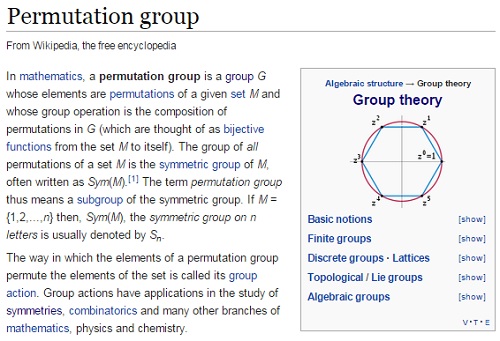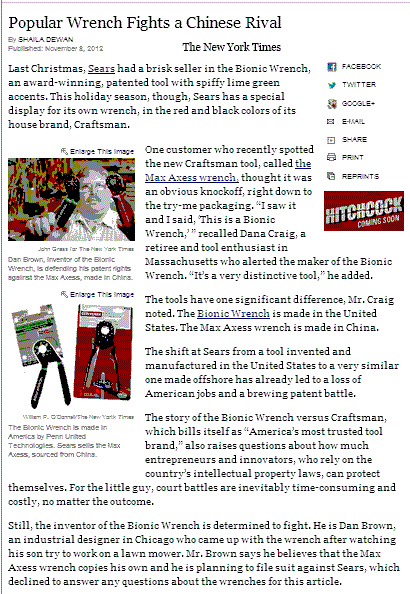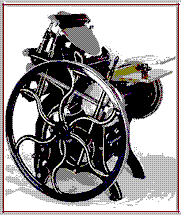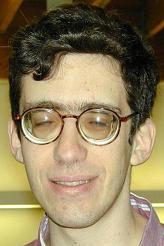The Line
Robert M. Pirsig, Zen and the Art of Motorcycle Maintenance, Ch. 6 (italics are mine):
“A classical understanding sees the world primarily as underlying form itself. A romantic understanding sees it primarily in terms of immediate appearance.”
The Sophist, by Plato:
STRANGER – We are far from having exhausted the more exact thinkers who treat of being and not-being. But let us be content to leave them, and proceed to view those who speak less precisely; and we shall find as the result of all, that the nature of being is quite as difficult to comprehend as that of not-being.
THEAETETUS – Then now we will go to the others.
STRANGER – There appears to be a sort of war of Giants and Gods going on amongst them; they are fighting with one another about the nature of essence.
THEAETETUS – How is that?
STRANGER – Some of them are dragging down all things from heaven and from the unseen to earth, and they literally grasp in their hands rocks and oaks; of these they lay hold, and obstinately maintain, that the things only which can be touched or handled have being or essence, because they define being and body as one, and if any one else says that what is not a body exists they altogether despise him, and will hear of nothing but body.
THEAETETUS – I have often met with such men, and terrible fellows they are.
STRANGER – And that is the reason why their opponents cautiously defend themselves from above, out of an unseen world, mightily contending that true essence consists of certain intelligible and incorporeal ideas; the bodies of the materialists, which by them are maintained to be the very truth, they break up into little bits by their arguments, and affirm them to be, not essence, but generation and motion. Between the two armies, Theaetetus, there is always an endless conflict raging concerning these matters.
THEAETETUS – True.
— Translated by Benjamin Jowett
Robert M. Pirsig, Zen and the Art of Motorcycle Maintenance, Ch. 18:
“The wave of crystallization rolled ahead. He was seeing two worlds, simultaneously. On the intellectual side, the square side, he saw now that Quality was a cleavage term. What every intellectual analyst looks for. You take your analytic knife, put the point directly on the term Quality and just tap, not hard, gently, and the whole world splits, cleaves, right in two…

The Line,
by S. H. Cullinane
hip and square, classic and romantic, technological and humanistic…and the split is clean. There’s no mess. No slop. No little items that could be one way or the other. Not just a skilled break but a very lucky break. Sometimes the best analysts, working with the most obvious lines of cleavage, can tap and get nothing but a pile of trash. And yet here was Quality; a tiny, almost unnoticeable fault line; a line of illogic in our concept of the universe; and you tapped it, and the whole universe came apart, so neatly it was almost unbelievable. He wished Kant were alive. Kant would have appreciated it. That master diamond cutter. He would see. Hold Quality undefined. That was the secret.”
What Pirsig means by “quality” is close to what Yagoda means, in the previous entry, by “style.”





















